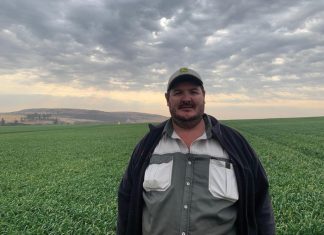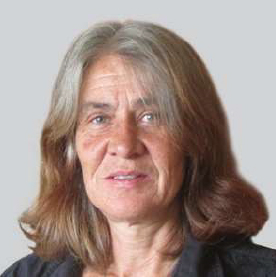
ARC-Small Grain,
Bethlehem
Apart from the obvious global challenges such as climate change and ensuring future food security in a rapidly changing environment, decreasing global biodiversity is also a very serious challenge.
According to the 2019 UN Biodiversity report1, human activities affect global biodiversity to such an extent that a million species will be threatened with extinction within the next decade. Diversity within ecosystems is vital for these systems to function optimally. When species disappear from ecosystems, these systems cannot function properly and run the risk of collapsing. When this happens, food security is at risk since functioning ecosystems are necessary to produce food. To ensure future global food security, research will have to also focus on the current state of global as well as local biodiversity and production practices that will support and protect local biodiversity in the long term should be identified.
Dung beetles contribute to ecosystems as important decomposers – recycling nutrients and carbon into the soil. They are also good indicators of diversity within an ecosystem, because they are sensitive to changes in the environment and the assemblage composition changes and adapts quickly to environmental changes. To determine if conservation agriculture (CA) supports biodiversity in ecosystems, the dung beetle assemblages were monitored in CA systems at Reitz and Vrede in the Eastern Free State and compared to those in conventional agriculture (CT) systems in the same areas.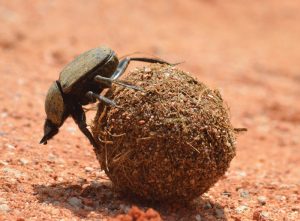
Diversity in dung beetle assemblages was monitored during January/February 2020 with dung-baited pitfall traps on farms where CA is practised and on neighbouring farms where CT production practices are used. The CA practices followed include no-till, limited use of agrochemicals, the use of a diversity of cover crops in the cash crop and the incorporation of livestock in crop fields, while CT practices are characterised by ploughing and reliance on agrochemicals and monocultures.
Three diversity indices were used to measure different components of diversity (dominance, relative distribution of species and species richness) within these systems (Table 1).
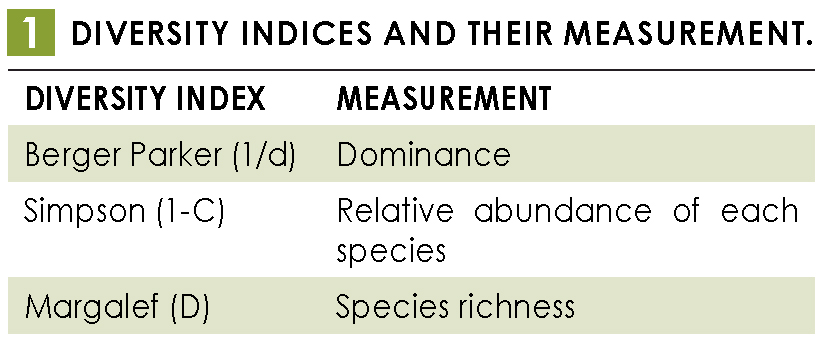 All three diversity indices show that different areas in the Eastern Free State support different levels of local biodiversity. Overall a higher level of diversity is supported in the Reitz area compared to the Vrede area, irrespective of production practices (Graph 1). Within the different areas, however, CA practices support a higher diversity than CT practices.
All three diversity indices show that different areas in the Eastern Free State support different levels of local biodiversity. Overall a higher level of diversity is supported in the Reitz area compared to the Vrede area, irrespective of production practices (Graph 1). Within the different areas, however, CA practices support a higher diversity than CT practices.
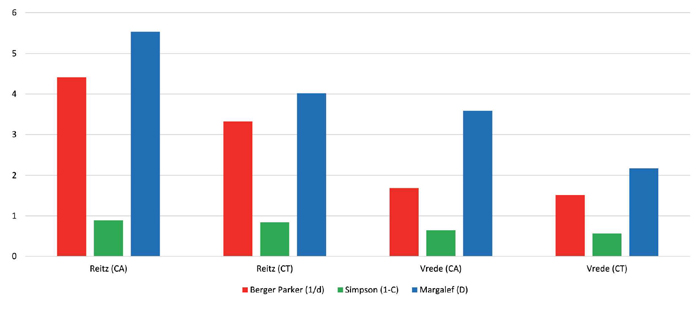
Dung beetle assemblages are divided into different functional groups (FG) I-VII, based on size and the manner and speed at which dung is broken down (Table 2). The species distribution of dung beetles between the different FG was higher in the CA systems than the CT systems at Reitz and Vrede, respectively, indicating that these systems also support a higher functional diversity (Graph 2).
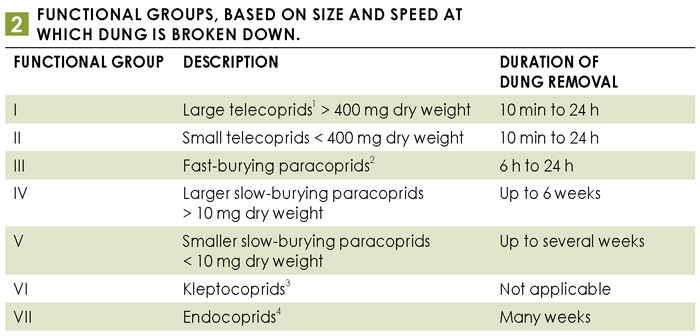
2 Paracoprids tunnel into the soil under the dung pat and carry collected dung from the pat down the tunnels to their brood chambers in the soil.
3 Kleptocoprids steal the telecoprids’ rolled balls in which to lay their eggs.
4 Endocoprids feed and make their brood chambers in the dung pat.
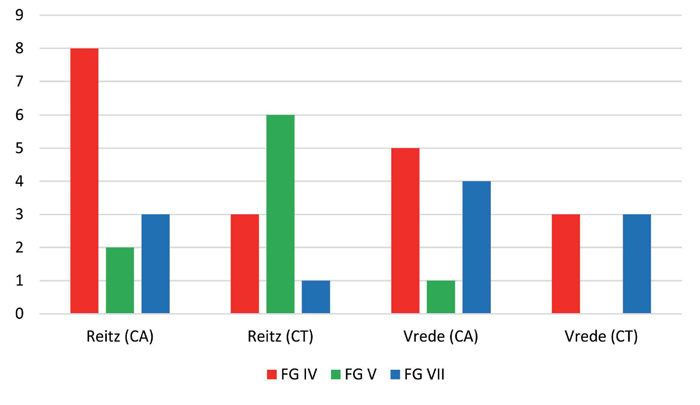
Due to different environmental conditions some areas can support a higher overall biodiversity, but production practices also influence this biodiversity. The current state of biodiversity will have to be determined for each specific area and management practices will have to be adapted based on the specific area to support local biodiversity.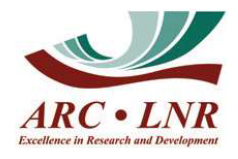
For further information contact Dr Astrid Jankielsohn at ARC-Small Grain at JankielsohnA@arc.agric.za or 058 307 3431.
Reference
- The 2019 UN Biodiversity report http://www.fao.org/3/CA3129EN/CA3129EN.pdf











